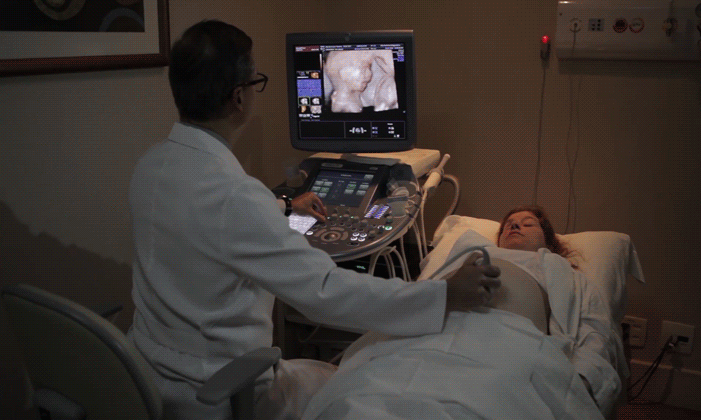
We were blown away by some disaster-relief ingenuity, melted at the sight of blind parents “seeing” their unborn child, were awed by a man’s tibia replacement, and craved, once again, the luscious cakes of Dinaro Kasko, all this week in 3D printing.
Disaster Zone Innovation
One of the biggest problems in any conflict or disaster zone is lack of access to medical assistance. To wit: physicians in Gaza have recently banded together to manufacture low-cost stethoscopes using 3D printing. But, it’s not actually possible to buy a 3D printer in Gaza — and don’t even think about affording about the fancy plastic it would use. So, as AZO Materials reported, the doctors commissioned a hand-assembled 3D printer from a telecommunications graduate student, who then created plastic filament by combining different types of plastic beads. In a place where doctors get by with one or two stethoscopes per department, this is a very big deal. Plus, it holds promise for future disaster-relief needs (which seems like a good idea right about now).
Today’s Awwwwwwww
Visually impaired parents don’t generally have the privilege of seeing what their sonogram tech sees during the always-moving ritual of the prenatal ultrasound. Now, as one couple discovered, that’s no longer true. Using a combination of a very high-resolution GE Voluson E8 ultrasound machine and 3D printing, Dr. Heron Werner was able to help visually impaired couple Ana Paula Silveira and her husband, Alvaro Zermiani, “see” their unborn child in 3D printed form. Read more on GE’s blog, and take a minute to enjoy the joys of 3D printing — and, you know, parenthood.

Courtesy GE Healthcare
A NEW LEG?! Yes. Yes indeed.
Just when we thought we couldn’t be impressed anymore with applications of 3D printing, it goes and saves a guy from amputation. According to ABC News Australia, it went something like this:
“Doctors came up to me and said there are two options — you can get amputated above the knee or we can try this experimental stuff that may or may not work,” Mr Lichter said.
“I was like, ‘bang, let’s do it’.”
And so, doctors inserted a 3D printed tibia that grows into bone material. An implant that forms a framework that eventually replaces with an actual organ is a breakthrough for any number of reasons, not the least of which is that you don’t reject your own bones.
The Cake Algorithm
Parametric design is at the root of a lot of our favorite 3D printed things. Now, it’s joined forces with our hands-down favorite 3D printing-enabled things, the incredible cakes of Dinara Kasko. Head to Colossal for a mouth-watering gallery of these algorithmically generated, Kasko-concocted masterpieces. We’ll be over here booking a flight to Ukraine to try them out first-hand.


